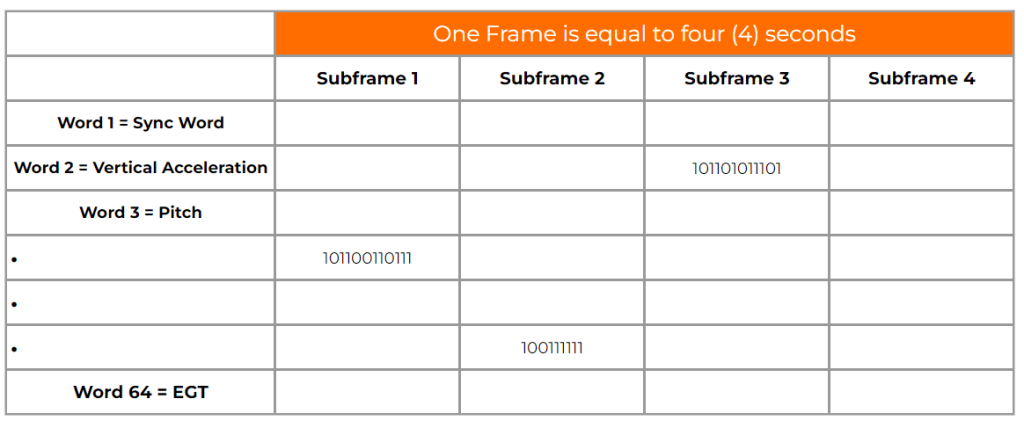

It is not enough to listen to a minute or two of audio on each channel for determining compliance. CVR audio should be inspected graphically and by listening carefully for audio gaps, channel phase differences, FSK signal compliance, GSM intereference, and more, prior to granting a certificate of compliance.
We scan your audio for key audio signatures, proper waveforms, and perform channel cross comparison to ensure the same audio exists on more than one channel. In conclusion, we ensure no audio defect is overlooked.
Our reports comply with FAA, EASA, and ICAO requirements and include:
We are the first and only flight data company in the world to employ CVR Audio Data Monitoring (ADM)? That’s right! FDM/FOQA only provides you with half of the picture, while FDM complemented by ADM fills in the missing gaps, and very often answers the Why? How? And Where? behind the exceedance or violation. Our ADM service will elevate and polish your overall FDM & Safety program, by monitoring your compliance with verbal standard operating procedures and regulations. We listen to and document the audio during the pre-flight, before engine start, before taxi, takeoff, climb, cruise, descent, approach, and landing checklists, including any necessary briefs in between, to verify they are conducted in accordance with the mandates in your Flight Crew Operating Manuals.
While we cannot list them all here, know that the benefits are endless:

© Copyright 2025 - FLIGHT DATA X
How do I modify my FDR to record more than 25 hours?
You can modify the program pins at the rear of the SSFDR to uptick your recording hours. For example, if you have a Honeywell PN 980-4700-XXX installed, you can alter the ‘ground/open’ discrete wiring at pin 17 & 18 of the SSFDR mating connector to increase your recording capacity.
How can determine the amount of hours recorded by my FDR?
The amount of recorded hours is dependent on a combination of your FDAU wps output and FDR maximum allowable recording speed. If there is a one to one relationship between the two units, i.e. – 64 wps FDAU with a 64 wps FDR, you will record the last 25 hours of flight data. This also applies to the case when the FDAU and FDR are both 128wps, 256wps, or even higher. If there is a mismatch between the FDAU and FDR speed, a small and simple calculation can be made to determine actual flight hour recording capacity. See the figure below for the various possibilities:

How can I determine the speed of my Flight Data Recording system in words per second (wps)?
There are basically 4 ways to determine your speed, with the 4th being a bit more involved. First, the speed should be listed or documented in chapter 31 of your aircraft Maintenance Manual and/or Wiring Diagram Manual. However there are times when for some reason, the required information cannot be found. If this is the case, as a second method, you may reference the CMM or technical specification for your Flight Data Acquisition Unit (FDAU). If you are still unable to find this information, you may contact the aircraft manufacturer for the wps or review your previous FDR download analysis reports. Please keep in mind, the OEM will only know the as-delivered configuration of your aircraft. If there were modifications to your aircraft post-delivery – manufacturer unaware of the changes – youll need to contact us for an analysis of your raw data. Using our software we can determine the wps of your system.
With regard to Flight Data Recorder Systems, what exactly does wps imply? I have noticed this abbreviation in our FDR documentation and in communications with the manufacturer several times:
WPS = words per second. A word (12-bits in length) contains binary data which represents a specific parameter value. Please see figure 1 below. Your FDR records in frames (4 second intervals) and each frame contains 4 sub frames (one sub frame = 1 second). With each second that goes by a specific quantity of words are recorded into memory. If you operate a 64 wps FDR system, you will record 64 12-bit words in one second. The higher the word capacity the more information you can record.

What is a Dataframe Layout (DFL)?
A DFL, also known by the name Logical Frame Layout (LFL), Dataframe Interface Control & Requirements Document, and many other names depending on the manufacturer, is a document which specifies the FDR, QAR, or DAR Parameter Word (location), Recording Speed, Sampling Rate, Bits, and Conversion formulae for your recording system.

